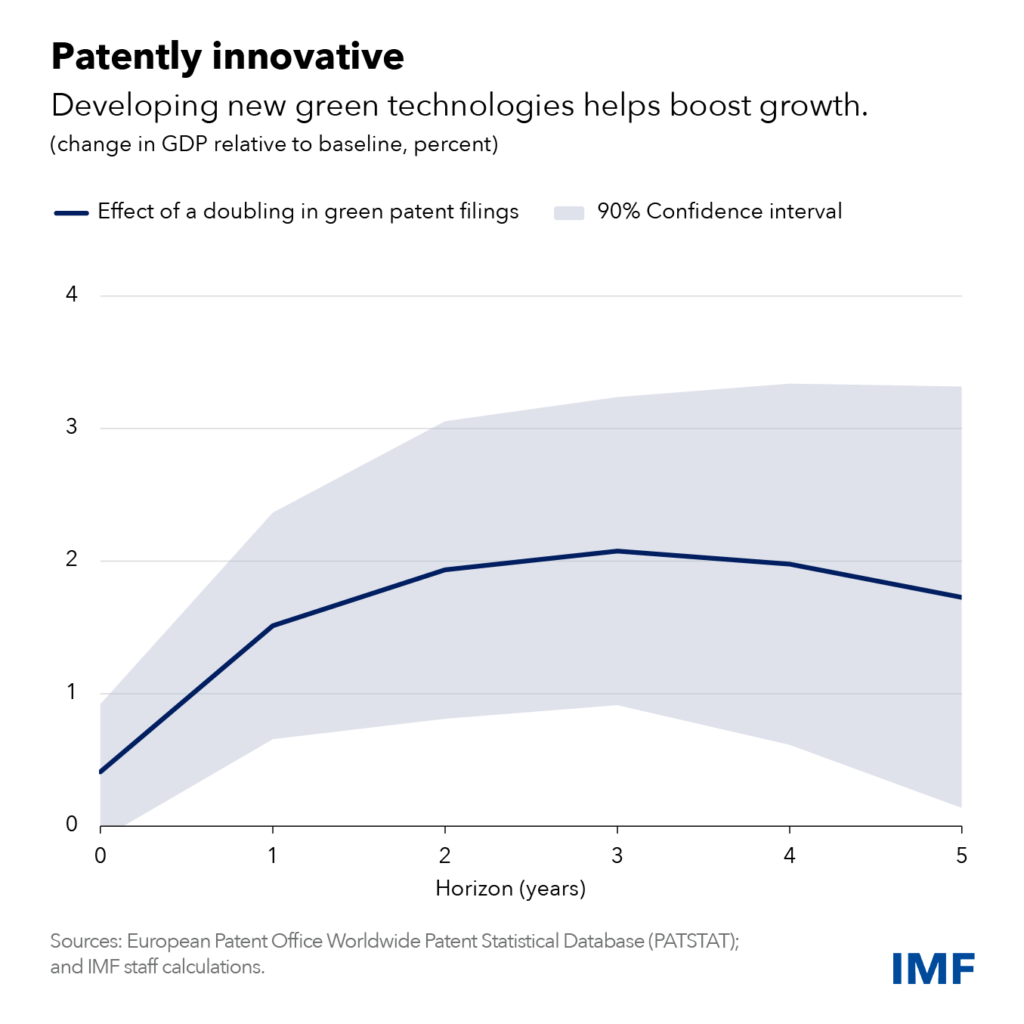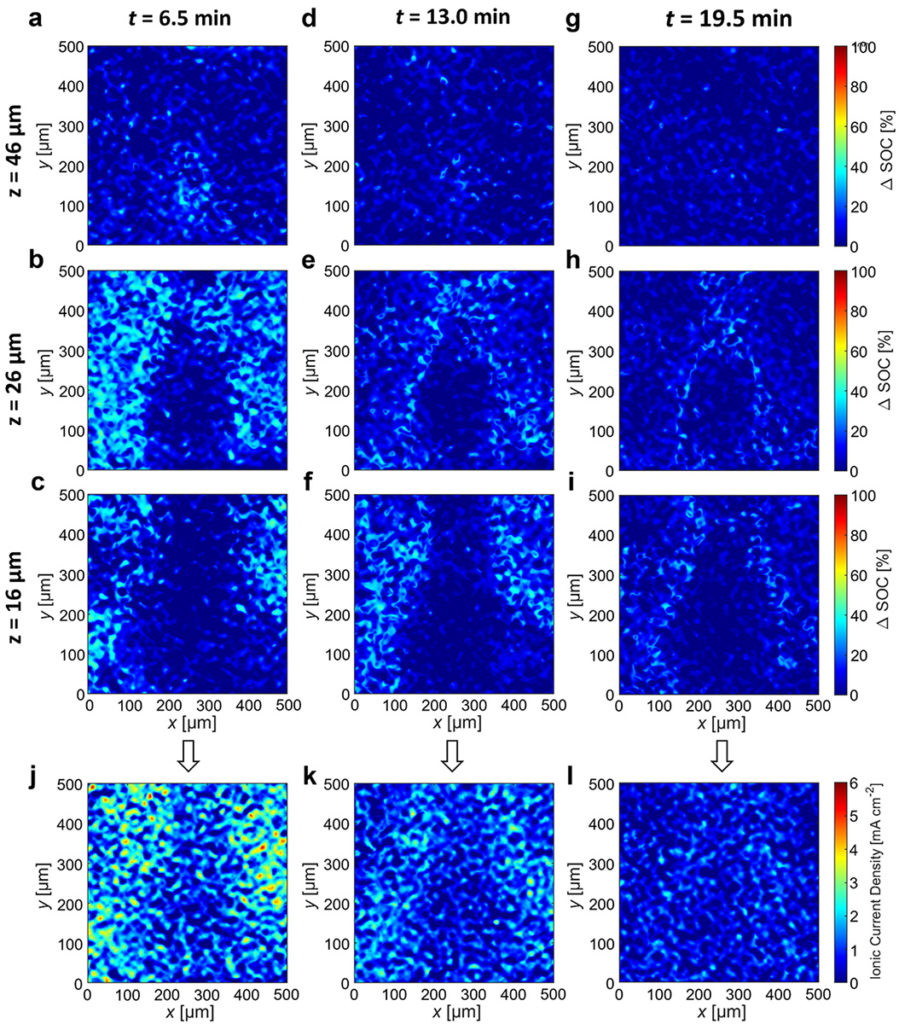Seen in “deep time,” the movie is not about colorful personalities only but on a larger scale, the transition from the Roman Republic to the Roman Empire. This covers approximately one thousand years with some five centuries for each form of government, republic and empire.
The movie has as its background internecine power struggles in both Rome and Egypt.
The upshot of these struggles is the transition from the Roman Republic to the Roman Empire. This transition is “punctuated” by two momentous battles:
- Land Battle of Pharsalus, 48 BC (Cleopatra begins with this battle).
- Naval Battle of Actium, 31 BC.
Rome went from monarchy (Kings) to republic (Senators) for five hundred years to Emperors for another five hundred.
(Notice that Napoleon was crowned Emperor of the French in 1804. The King was executed during the French Revolution and the word “king” was to be avoided.)
Other movies like Ben-Hur with Charleton Heston playing the lead role, show you the unhappiness of colonial peoples (like the Hebrews) under the Roman Empire. Christianity became the official religion in 330 AD under Constantine and the capital was moved from pagan Rome to Christian Constantinople. The very name “Roman Catholic Church” shows you the fusion after centuries of conflict.
After the Battle of Pharsalus in 48 BC, Julius Caesar went to Egypt, under the pretext of being named the executor of the will of the father of the young Pharaoh Ptolemy XIII and his sister Cleopatra.
Ptolemy and Cleopatra are in the midst of a civil war of their own and she has been driven out of the city of Alexandria.
Ptolemy rules alone under the care of his three “guardians,” the chief eunuch Pothinus, his tutor Theodotus and General Achillas.
Cleopatra convinces Caesar to restore her throne from her younger brother. Caesar, in effective control of the kingdom, sentences Pothinus to death for arranging an assassination attempt on Cleopatra, and banishes Ptolemy to the eastern desert, where he and his outnumbered army would face certain death against Mithridates.
Cleopatra is crowned queen of Egypt and begins to develop megalomaniacal dreams of ruling the world with Caesar, who in turn desires to become king of Rome.
They marry, and when their son Caesarion is born, Caesar accepts him publicly, which becomes the talk of Rome and the Senate.
After he is made dictator for life, Caesar sends for Cleopatra. She arrives in Rome in a lavish procession and wins the adulation of the Roman people. The Senate grows increasingly discontented amid rumors that Caesar wishes to be made king, which is anathema to the Romans. On the Ides of March in 44 BC, a group of conspirators assassinated Caesar and fled the city, starting a rebellion. An alliance among Octavian (Caesar’s adopted son), Mark Antony (Caesar’s right-hand man and general) and Marcus Aemelius Lepidus puts down the rebellion and splits the republic. Cleopatra is angered after Caesar’s will recognizes Octavian, rather than Caesarion, as his official heir, and she returns to Egypt.
While planning a campaign against Parthia in the east, Antony realizes that he needs money and supplies that only Egypt can sufficiently provide. After refusing several times to leave Egypt, Cleopatra acquiesces and meets him on her royal barge in Tarsus. The two begin a love affair, and Cleopatra assures Antony that he is much more than a pale reflection of Caesar. Octavian’s removal of Lepidus forces Antony to return to Rome, where he marries Octavian’s sister Octavia to prevent political conflict. This upsets and enrages Cleopatra. Antony and Cleopatra reconcile and marry, with Antony divorcing Octavia. Octavian, incensed, reads Antony’s will to the Roman Senate, revealing that Antony wishes to be buried in Egypt. Rome turns against Antony, and Octavian’s call for war against Egypt receives a rapturous response.
The war is decided at the naval Battle of Actium on September 2, 31 BC, where Octavian’s fleet, under the command of Agrippa, defeats the lead ships of the Antony–Egyptian fleet. Cleopatra assumes that Antony is dead and orders the Egyptian forces home. Antony follows her, leaving the rest of his fleet leaderless and soon defeated.
Several months later, Cleopatra sends Caesarion under disguise out of Alexandria. She manages to convince Antony to resume command of his troops and fight Octavian’s advancing army. However, Antony’s soldiers abandon him during the night. Rufio, the last man loyal to Antony, kills himself. Antony tries to goad Octavian into single combat but is finally forced to flee into the city. When Antony returns to the palace, Apollodorus, in love with Cleopatra himself, tells him she is in her tomb as she had instructed, and lets Antony believe she is dead. Antony falls on his own sword. Apollodorus then confesses that he misled Antony and assists him to the tomb where Cleopatra and two servants have taken refuge. Antony dies in Cleopatra’s arms.
Octavian and his army march into Alexandria with Caesarion’s dead body in a wagon. He discovers the dead body of Apollodorus, who had poisoned himself. Octavian receives word that Antony is dead and that Cleopatra is holed up in a tomb. There he offers to allow her to rule Egypt as a Roman province if she will accompany him to Rome. Cleopatra, knowing that her son is dead, agrees to Octavian’s terms, including an empty pledge on the life of her son not to harm herself. After Octavian departs, she orders her servants in coded language to assist with her suicide. Octavian discovers that she is going to kill herself and he and his guards burst into Cleopatra’s chamber to find her dead, dressed in gold, along with her servants and the asp that killed her.
The Battle of Actium was a naval battle fought between a maritime fleet of Octavian led by Marcus Agrippa and the combined fleets of both Mark Antony and Cleopatra VII Thea Philopator.
The battle took place on 2 September 31 BC in the Ionian Sea, near the former Roman colony of Actium, Greece, and was the climax of over a decade of rivalry between Octavian and Antony.
In early 31 BC, the year of the battle, Antony and Cleopatra were temporarily stationed in Greece. Mark Antony possessed 500 ships and 70,000 infantry, and made his camp at Actium, and Octavian, with 400 ships and 80,000 infantry, arrived from the north and occupied Patrae and Corinth, where he managed to cut Antony’s southward communications with Egypt (via the Peloponnese) with help from Marcus Agrippa. Octavian previously gained a preliminary victory in Greece, where his navy successfully ferried troops across the Adriatic Sea under the command of Marcus Agrippa. Octavian landed on mainland Greece, opposite the island of Korkyra (modern Corfu) and proceeded south on land.
Trapped on both land and sea, portions of Antony’s army deserted and fled to Octavian’s side (daily), and Octavian’s forces became comfortable enough to make preparations for battle. Antony’s fleet sailed through the bay of Actium on the western coast of Greece, in a desperate attempt to break free of the naval blockade. It was there that Antony’s fleet faced the much larger fleet of smaller, more maneuverable ships under commanders Gaius Sosius and Agrippa. Antony and his remaining forces were spared only due to a last-ditch effort by Cleopatra’s fleet that had been waiting nearby. Octavian pursued them and defeated their forces in Alexandria on 1 August 30 BC—after which Antony and Cleopatra committed suicide.
Octavian’s victory enabled him to consolidate his power over Rome and its dominions. He adopted the title of Princeps (“first citizen”), and in 27 BC was awarded the title of Augustus (“revered”) by the Roman Senate. This became the name by which he was known in later times.
As Augustus, he retained the trappings of a restored Republican leader, but historians generally view his consolidation of power and the adoption of these honorifics as the end of the Roman Republic and the beginning of the Roman Empire.
Note: Shakespeare’s Antony and Cleopatra is of course relevant here.


